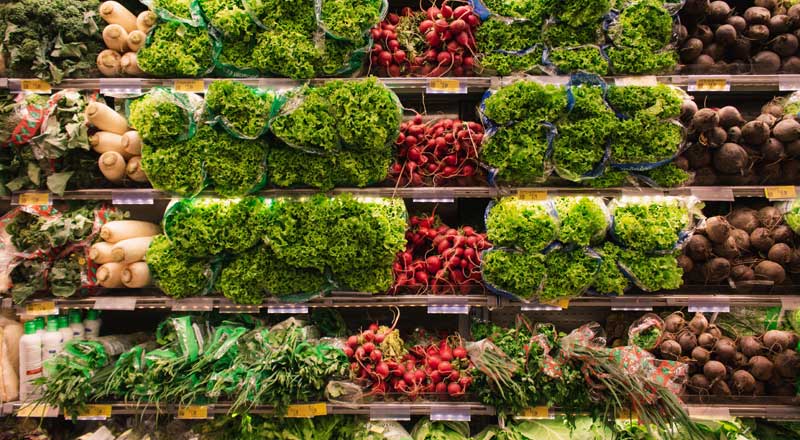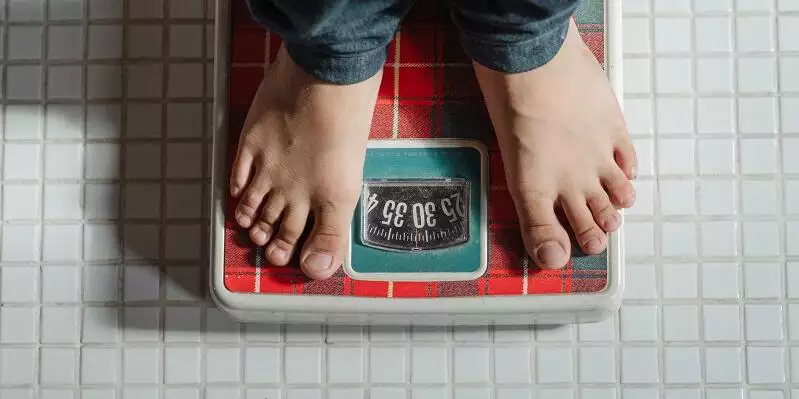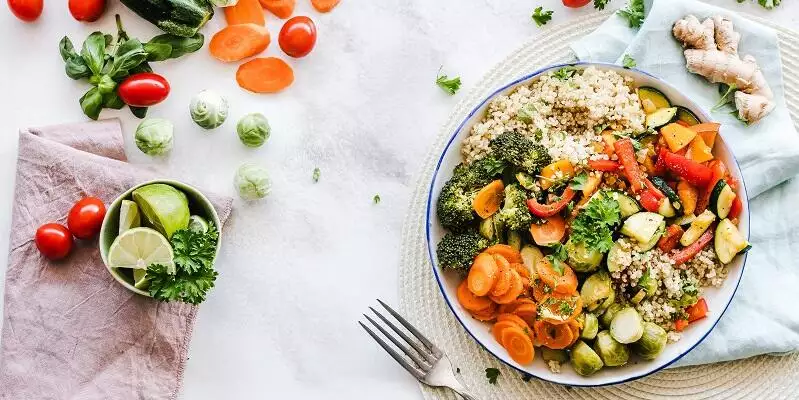
5 Shopping Strategies For Saving On Groceries During The Pandemic
Now that your family is home around the clock, it may feel impossible to keep your refrigerator full for long enough before you have to run back to the grocery store. But, this isn’t the only reason your grocery budget has become bloated recently. According to the most recent Consumer Price Index from the U.S. Bureau of Labor Statistics, food costs rose an average of 2.6%—the biggest jump in almost 50 years—with prices on hamburgers up 4.8% and even cookies up over 5%.
Regardless of why your grocery trips are costing you more, examining your shopping habits can help you uncover savings opportunities. Get started by reviewing my top 5 shopping strategies for saving on groceries during the coronavirus outbreak and beyond.
1. Meal plan carefully.
Carefully plotting out meals for the week allows you to limit grocery purchases to just those ingredients you need for each dish as well as any snacks for the week. When looking for recipes, consider those that call for similar ingredients to reduce food waste even further. Don’t forget to cross-reference your pantry and refrigerator before shopping, so you don’t double up on ingredients. If you need some cooking inspiration, check out Cooklist for recipes that use ingredients you already have at home. Take this tip one step further and plan your meals based on your grocery store’s current sales to save even more.
2. Maximize grocery rewards.
Not everyone is up for clipping coupons, but that doesn’t mean you’re stuck paying full price. Signing up for the grocery store’s loyalty program will help you earn valuable coupons and exclusive product deals. Even the way you pay can help you save—use rewards cards that offer extra points or cashback on grocery purchases. You can also earn cashback by snapping a few photos of your grocery receipts using the free cashback shopping app, Fetch Rewards. Just take a picture of your receipt and upload it to your account to start earning points. You can also earn points for regular retail and restaurant receipts and link your email or Amazon account to rack up rewards for online purchases automatically. Once you accumulate enough points, redeem them for free gift cards to popular retailers like Amazon, Walmart, or Starbucks to offset future purchases.
3. Look high and look low.
Products placed at the average shopper’s eye level are usually the most expensive option offered at the grocery store. Most people browse items as they walk through aisles from side to side and therefore are more likely to grab these goods first. However, spending a little extra time looking up and down the shelf can help you find lower-cost alternatives, including generic and store brands. Keep in mind; you should always compare prices and review the price per unit cost first to ensure you’re getting the best price. A sale on a name brand could drive down the price below the generic option or make a smaller container of ketchup even cheaper than the supersized one, for example. Also, the items featured on the grocery store end cap aren’t always the best deals. So always review the prices of other brands in the product’s aisle to make sure you’re getting the lowest price.
4. Use a handbasket.
The bigger the shopping cart, the more tempted you are to fill it with items you don’t really need and leads to endless impulse purchases. Just remember, not everything you buy at the grocery store is essential, so be mindful of what you’re putting into your cart. Even better, use a handbasket for smaller grocery trips to avoid those tasty temptations that aren’t on your shopping list. As the basket gets heavier, you will quickly realize it’s time to remove some of the unnecessary contents.
5. Stock up on frozen produce.
If a healthy recipe calls for a produce item that’s not on sale, head to the frozen food section to save 30% on average. Produce is flash-frozen at peak ripeness, ensuring the flavor and nutrients remain intact, so you don’t have to skimp here to save. Considering that frozen goods store longer than fresh as well, you can stock up on your favorite frozen fruits and vegetables when they’re on sale. This also means you always have something healthy on hand for the last minute stir fry, casserole, or smoothie to reduce the urge of ordering takeout.




